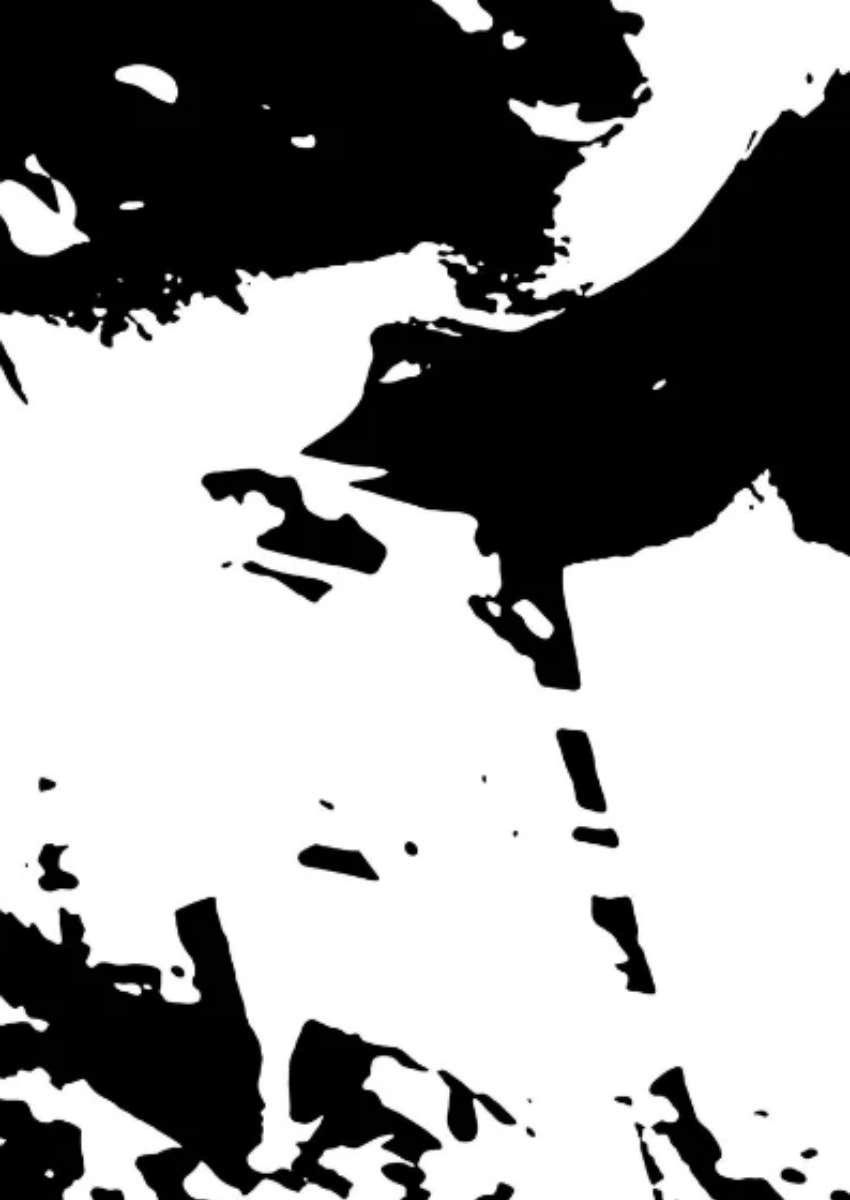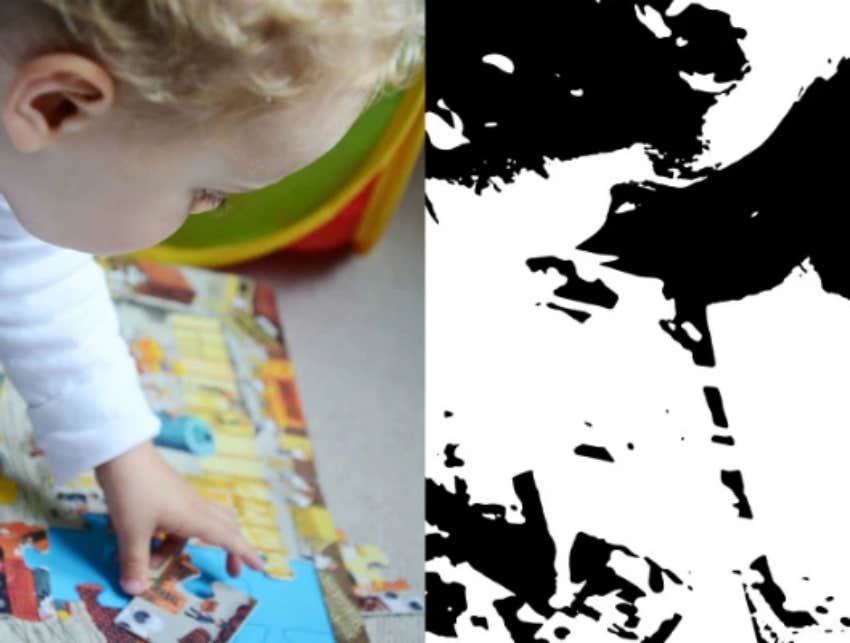If You See A Baby In This Picture, You May Need To See A Therapist
If you can see a baby in this image, it's a mental health red flag.
 Courtney Hale | Canva
Courtney Hale | Canva Do you ever notice that you can see shapes in clouds and tree branches? Do you wonder if other people are seeing the same thing you are? Be honest: what do you see when you look at this photo?
If you see a baby in this picture, you may need to see a therapist:
 Yourtango
Yourtango
Is it just a few random blotches on a page, or can you see something more substantial such as a building, an animal, or a child? Now, look at this picture. If you look at the blotchy picture next to the picture of the baby, can you start to see the baby in the blotchy picture?
 Yourtango
Yourtango
If you can see the baby in the photo, it could mean that you're prone to hallucinations and possibly psychosis.
But before you start to question your mental health, seeing the baby in the blotchy picture isn't necessarily a bad thing. It's this ability that researchers believe can help explain why some people are susceptible to hallucinations that are often associated with psychotic disorders, and that it's a natural process of the brain making sense of the world.
Visions and sounds that don't exist can be created by the brain's habit of predicting what it expects to experience, filling in the missing gaps of reality. Most of us, at one time or another, have experienced a mild hallucination when we think we hear or see something that isn't there.
In a 2015 study by the University of Cambridge that was published in the journal PNAS, researchers say, "Perceiving things that are not there and holding unfounded, bizarre beliefs (hallucinations and delusions, respectively) are psychotic symptoms that occur in particular syndromes including affective psychoses, paranoid states, and schizophrenia. We studied the emergence of this loss of contact with reality based on current models of normal brain function. "
The study used 18 volunteers who had been referred to a mental health service, and another group of 16 healthy volunteers. All were asked to look at ambiguous, incomplete black-and-white images (similar to the one of the baby.) The participants were asked to look at the images and say if there was a person in them or not.
At first, all the study participants found the task challenging, but then they were shown a series of undistorted color images from which the black and white ones had been derived. People with early signs of psychosis did better than the people in the healthy control group.
To make sense of our surroundings, we use correct information about the world around us (such as where we are), but when this isn't possible, we have to decipher somewhat ambiguous and incomplete information from our senses.
One of the study's researchers, Dr. Christoph Teufel from the School of Psychology at Cardiff University, said in an interview, "Vision is a constructive process — in other words, our brain makes up the world that we see. It fills in the blanks, ignoring the things that don't quite fit, and presents to us an image of the world that has been edited and made to fit with what we expect."
Professor Paul Fletcher from the Department of Psychiatry at the University of Cambridge added, "Having a predictive brain is very useful. It makes us efficient and adept at creating a coherent picture of an ambiguous and complex world. But it also means that we are not very far away from perceiving things that aren't there, which is the definition of a hallucination.
In fact, in recent years we've come to realize that such altered perceptual experiences are by no means restricted to people with mental illness. They are relatively common, in a milder form, across the entire population. Many of us will have heard or seen things that aren't there."
Research from 2014 even states that hallucinations are relatively normal and even common. Once again, research has created more questions than answers. Seeing a child in a blotchy picture may mean that you have some serious mental health issues ... or it could just mean that your normal brain is filling in the blanks.
If you or somebody that you know is experiencing a mental health crisis, there is a way to get help. Call SAMHSA’s National Helpline at 1-800-662-HELP (4357) or text "HELLO" to 741741 to be connected with the Crisis Text Line.
Christine Schoenwald is a writer, performer, and frequent contributor to YourTango. She's had articles featured in The Los Angeles Times, Salon, Bustle, Medium, Huffington Post, Business Insider, and Woman's Day, among many others.

